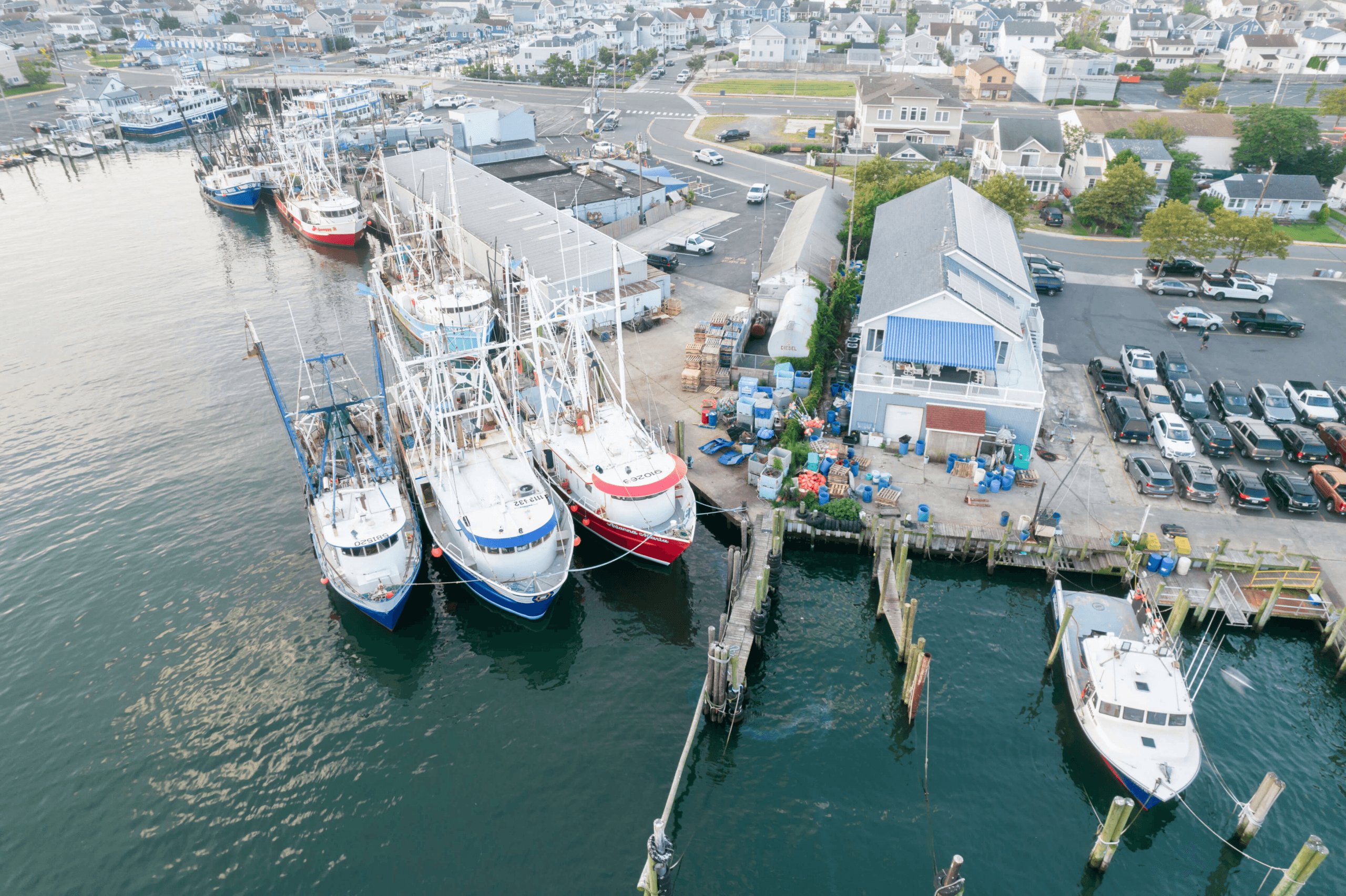OA Research and Education Highlights Around the Region

Overview
Impacts of Extreme River Discharge and Climate-induced Changes in the Estuarine Carbonate System
Fei Da
Laboratory to Classroom Translation: A Case Study of OA and American Lobsters
Abbey Sisti

Get Involved
If you are interested in learning more about MACAN and the work we do, please sign up for our monthly newsletter. You can also read our 2024 to 2028 Work Plan.

The Mid-Atlantic Coastal Acidification Network. All Rights Reserved.